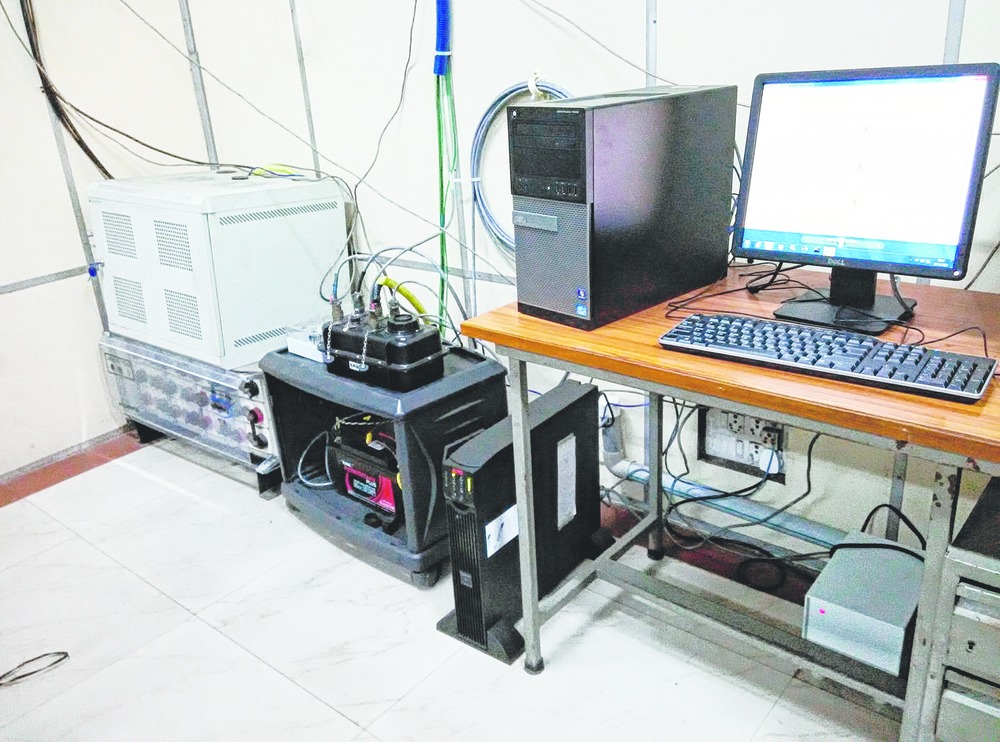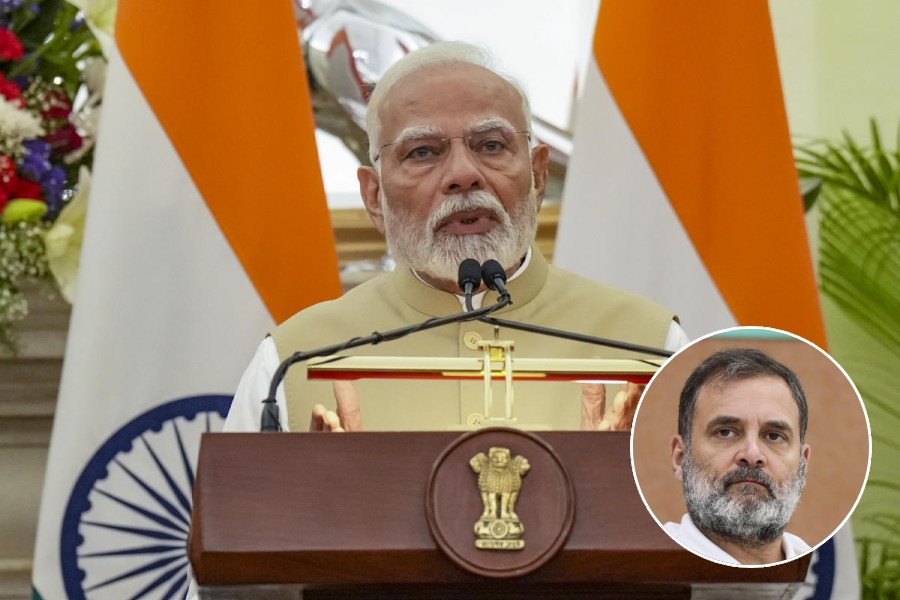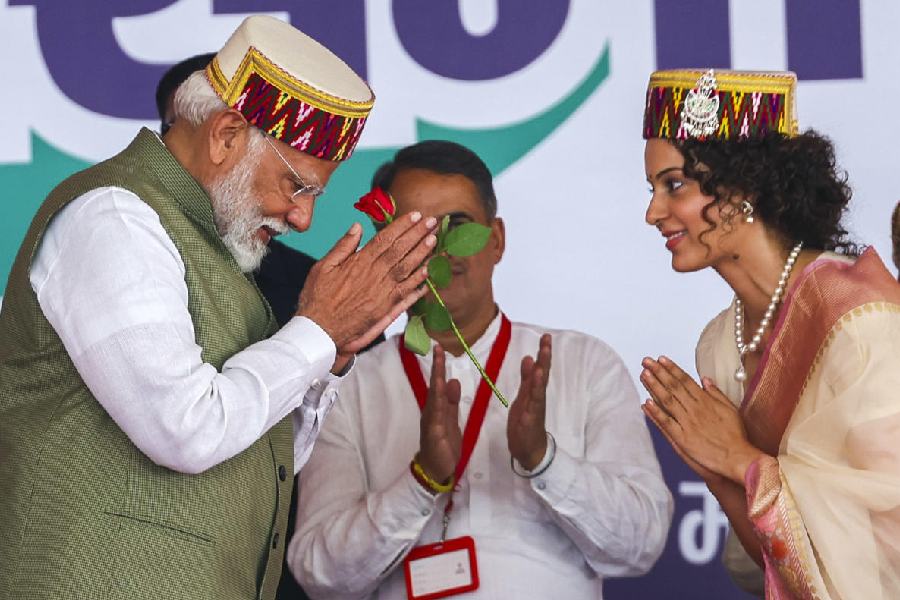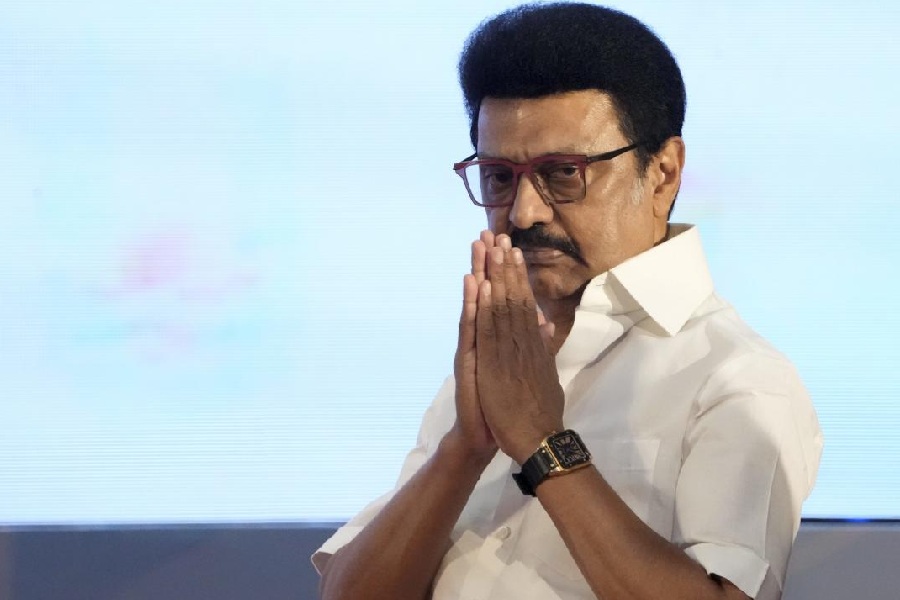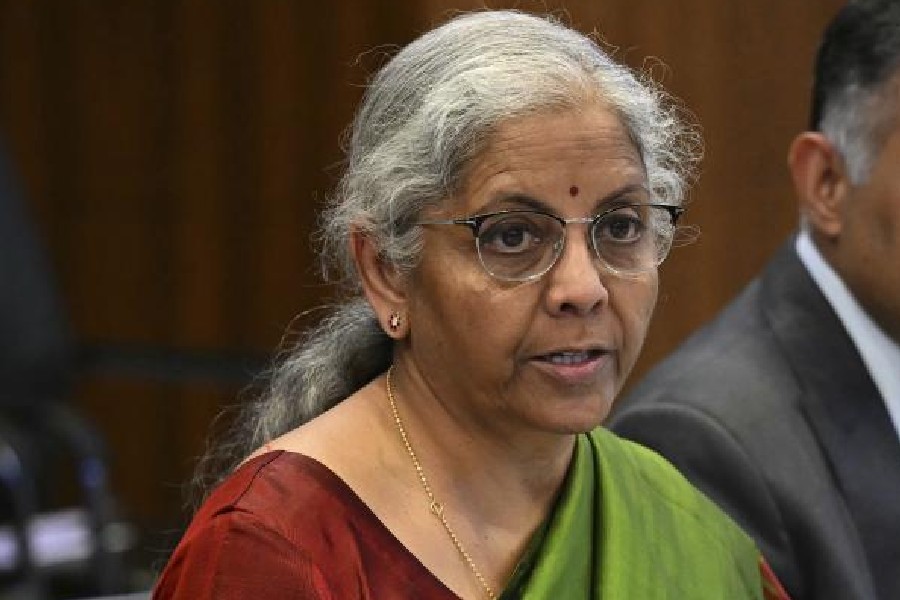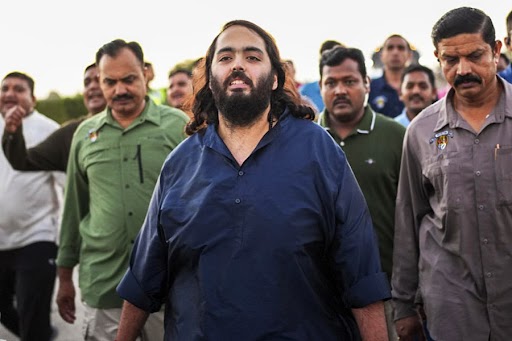
the REF TEK Broadband seismograph
The city Met office has got an advanced digital seismograph that can accurately measure an earthquake too feeble or too strong, unlike the old one which has a limited capability to track tremors.
The machine - REF TEK Broadband seismograph - started functioning mid-January after a week-long installation, during which technicians from Delhi attached two sensors on a "seismic pillar" that goes 12ft into the soil and connected the wires to the main equipment.
The sensors can be calibrated from Delhi through remote control.
The digital seismograph that the new machine - imported from the US for Rs 20 lakh - replaces had been stuttering for around 10 days before shutting down a day before the January 4 earthquake in Manipur.
That machine has since been repaired; so has been an analogue seismograph (which records tremors on a lamp soot paper) that went out of order along with the digital one.
"The REF TEK Broadband seismograph can pick up vibrations ranging from a few nanometres per second to 20m per second square. It can pick up minute tremors thousands of kilometres away, measuring one or two on the Richter scale, as well as extremely violent quakes occurring nearby," said G. Suresh, a senior scientist at the National Centre of Seismology, Delhi, which has sent and installed the machine.
Seismographs of the older generation not only fail to record feeble vibrations but also get overwhelmed during a violent quake and start malfunctioning.
"The sensors in the earlier machines were not strong enough to pick up weak tremors or withstand a strong quake. The machine that has just been installed in Calcutta has sensors strong enough for both," Suresh said.
A feature of the new machine seismologists are excited about is that the sensors can be maintained from Delhi. "Regular maintenance is key to the longevity of such devices. The machine has a lot of self-checks. Also, seismologists from Delhi would be able to calibrate the sensors through remote control," a technician said.
Like its predecessor, the new machine will record ground vibrations in the north-south, east-west and vertical directions. Additionally, it will measure acceleration of the ground.
Once recorded, the vibrations will be converted to electrical pulses by an external device called the data accusation system and fed to the computer, which will reproduce them in graphs.
The graphs reveal the magnitude of a quake on the Richter scale and help experts gauge its potential to cause damage.
Some of the other advantages of the new seismograph over the old machine are that it produces pictures of higher resolution, uses lesser bandwidth (enabling faster transmission of data between the machine and its server in Delhi) and is fitted with solar panels.
However, if the machine develops a serious snag, engineers from Delhi would have to be called to fix it.
There are no engineers at the Calcutta Met office who can repair an advanced digital seismograph.
Data from 120 quake recording centres, including the one in Calcutta, travel to a hub in Delhi 24x7. A software assimilates the data to come up with comprehensive information about a quake.
The software needs data from at least three centres to trace the epicentre of a quake and its intensity.
When the Manipur quake struck, 21 seismographs were active in the north-east.
But since the analogue and digital seismographs in Calcutta were down, there was no official data about the intensity of the quake felt in the city.

